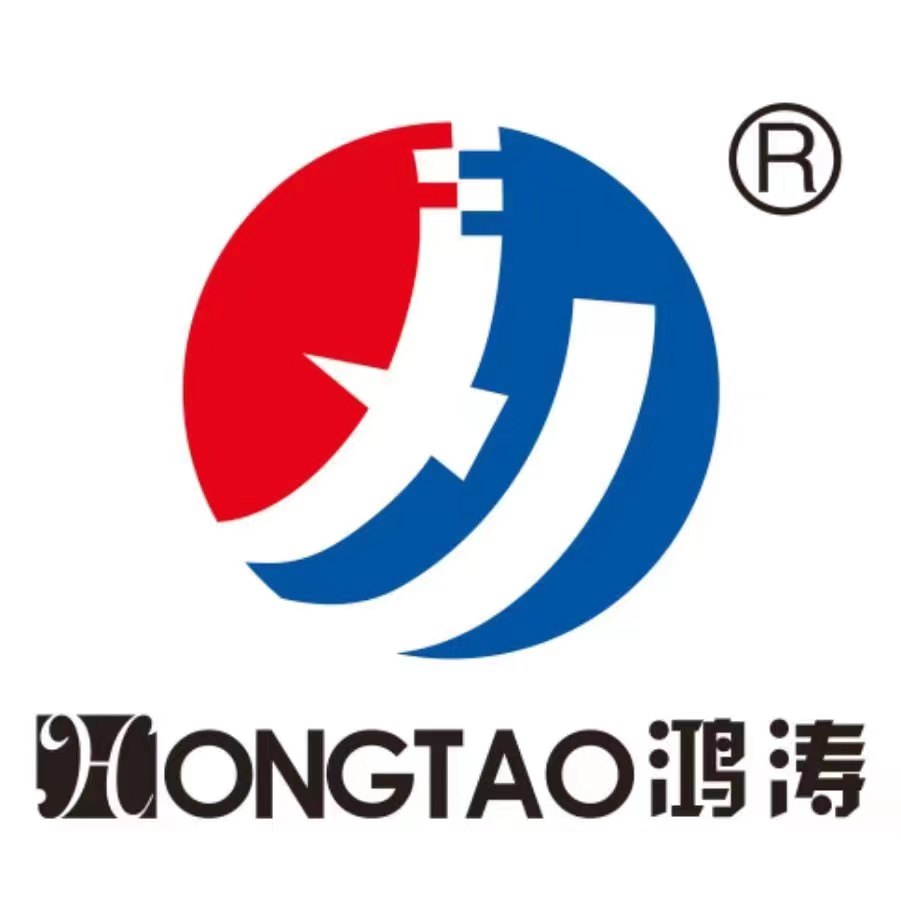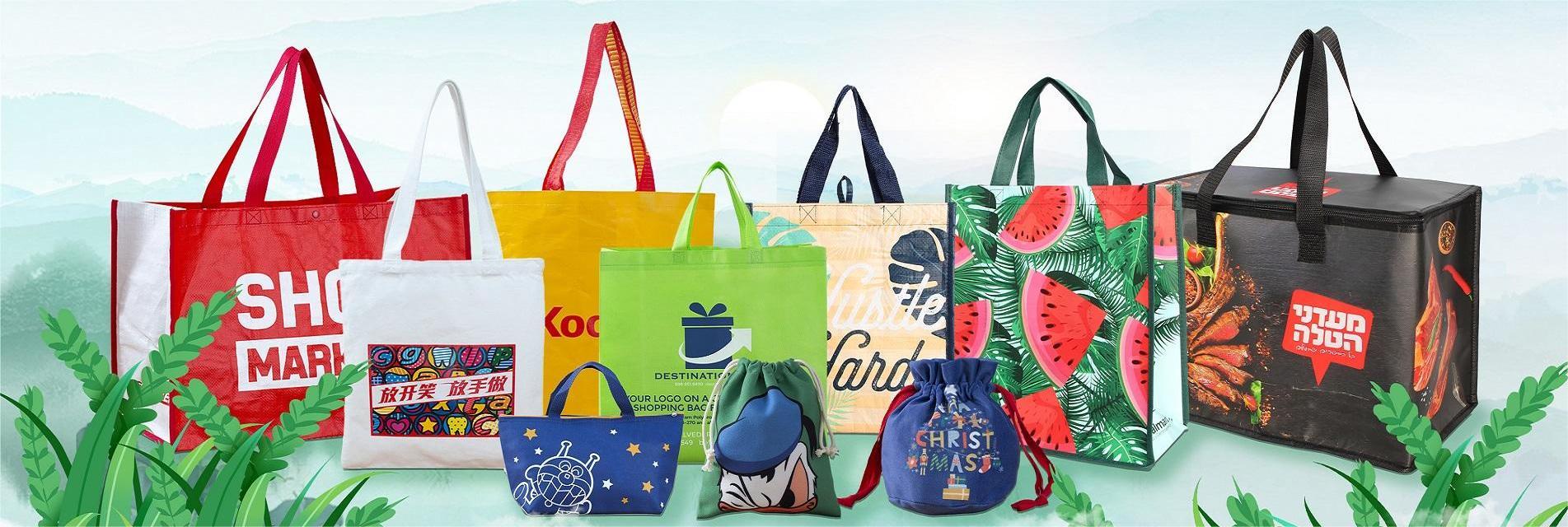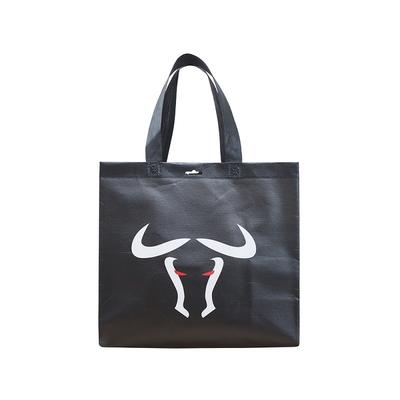What are Shopping Bags Called?
Shopping bags, a staple in the world of retail, come in various forms and names depending on their material, design, and usage. While the term "shopping bag" is universally understood, different types of bags carry specific names that highlight their unique characteristics and purposes. Understanding these distinctions can help consumers and retailers make more informed choices.
Common Types of Shopping Bags
1. Plastic Bags
Plastic bags are among the most ubiquitous types of shopping bags. Made from polyethylene, these bags are lightweight, water-resistant, and often used for groceries and general merchandise. Depending on their thickness and durability, they may also be referred to as "carryout bags" or "checkout bags."
2. Paper Bags
Often seen in grocery stores and boutiques, paper bags are an eco-friendly alternative to plastic. They are typically made from recycled paper or kraft paper and can be referred to as "grocery bags," "paper totes," or "sacks." Paper bags with handles are commonly known as "handle bags."
3. Reusable Bags
As environmental awareness grows, reusable bags have become increasingly popular. These bags are designed for multiple uses and can be made from a variety of materials including cloth, jute, and recycled plastics. Common names for reusable bags include "eco-bags," "green bags," "tote bags," and "cloth bags."
4. Tote Bags
Tote bags are versatile and stylish, often used beyond shopping purposes. Made from durable materials like canvas or heavy-duty plastic, they are ideal for carrying books, groceries, and personal items. They are simply referred to as "totes" and are a fashion statement for many.
5. Non-Woven Bags
Made from non-woven polypropylene fabric, these bags combine the benefits of plastic and cloth bags. They are strong, lightweight, and reusable, making them a popular choice for promotional giveaways and daily shopping. These are commonly known as "non-woven bags."
6. Jute Bags
Jute bags are made from natural jute fiber, known for their strength and eco-friendliness. These bags are often used for grocery shopping and are appreciated for their rustic, natural look. They are referred to as "jute bags" or "burlap bags."
7. Luxury Bags
High-end retailers often provide luxury shopping bags made from premium materials with intricate designs. These bags are part of the brand experience and are known as "boutique bags" or "gift bags."
Specialized Names Based on Usage
1. Produce Bags
These small, lightweight bags are specifically designed for carrying fresh produce. They are commonly found in grocery stores and are known as "produce bags."
2. Wine Bags
Designed to safely transport bottles of wine, these bags have partitions to prevent clinking and breaking. They are referred to as "wine bags" or "bottle bags."
3. Cooler Bags
Insulated shopping bags that keep perishable items cool during transport are known as "cooler bags" or "thermal bags."
In conclusion, the term "shopping bag" encompasses a wide variety of bags, each with its own specific name and purpose. From plastic and paper to reusable and luxury options, the diversity of shopping bags reflects their essential role in our daily lives. By understanding the different types and their names, consumers can make more environmentally conscious choices, and retailers can better meet the needs of their customers. As shopping habits continue to evolve, the names and types of shopping bags will likely expand, mirroring trends in sustainability and fashion.
































